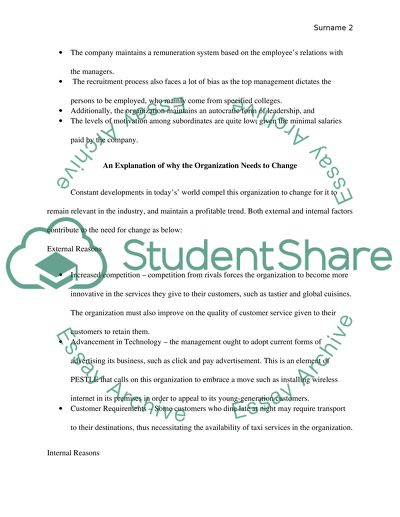Cite this document
(“CIPD DIPLOMA 1 Essay Example | Topics and Well Written Essays - 1500 words”, n.d.)
Retrieved from https://studentshare.org/human-resources/1640032-cipd-diploma-1
Retrieved from https://studentshare.org/human-resources/1640032-cipd-diploma-1
(CIPD DIPLOMA 1 Essay Example | Topics and Well Written Essays - 1500 Words)
https://studentshare.org/human-resources/1640032-cipd-diploma-1.
https://studentshare.org/human-resources/1640032-cipd-diploma-1.
“CIPD DIPLOMA 1 Essay Example | Topics and Well Written Essays - 1500 Words”, n.d. https://studentshare.org/human-resources/1640032-cipd-diploma-1.


